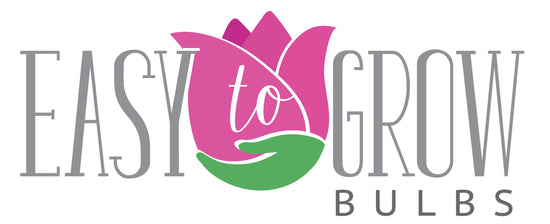Flowers in the Vegetable Garden?

Gardeners who love growing flowers often also love growing their own food — and that’s a really good thing, because those gorgeous flowers also help attract more pollinators to both our ornamental and edible gardens. Now, you’ve probably heard a lot about the fact that pollinators are important for our food chain, but maybe you don’t fully understand why. And that’s okay, because we’re here to give you the details about why veggies love flowers and how that can help you.
You’re likely doing many of these things already (possibly without even knowing it), but with a few tweaks, your garden can become a pollinator magnet, increasing your vegetable garden harvest in the process!
Why are pollinators so important?
First, not all pollinators are insects. Most of us are aware that bees, butterflies, and  moths are pollinators, as are beetles, moths, and ants — but let’s not forget about birds and bats. It’s estimated that one out of three bites of food you take exists because of that above list of creatures. Food crops need pollinators in order to develop the fruit or vegetable, whether it’s on a commercial farm or in your own backyard.
moths are pollinators, as are beetles, moths, and ants — but let’s not forget about birds and bats. It’s estimated that one out of three bites of food you take exists because of that above list of creatures. Food crops need pollinators in order to develop the fruit or vegetable, whether it’s on a commercial farm or in your own backyard.
Do all veggies need pollinators?
So, if we have a dramatic decrease in pollinators, that directly impacts our food chain because the fruit or veggie simply won’t develop. But not all veggies need external pollinators, as you’re about to see.
Pollen is necessary for a flower to produce a fruit (tomatoes and zucchinis are veggies in the kitchen, but are actually the fruits of the plants), but how flowers get that pollen is the question. While many veggies need the presence and activity of pollinating creatures, others are “self-pollinating.” That means that the flower is “perfect” or “complete” because it possesses both male and female parts that are required for fruit production. If this is sounding kind of like your 7th grade sex education class, you’re right (you just don’t need a parent’s permission to keep reading, though).
These self-pollinating veggies include green peppers, chili peppers, lima beans, green beans, sweet peas, and peanuts. All other veggies (including cucumbers and squash), require the wind, hand pollination, or a pollinator to do the job for them, and that’s where your flowers come in. (Some of your favorite veggies - tomatoes - don't require a pollinator, but will give you a bigger harvest when pollinators are plentiful.)

How does planting flowers help my veggies?
Remember when we said that about a third (30-35%) of your food needs pollination to produce a fruit? Well, almost all flowering plants need to be pollinated — so the more flowers you add to your garden, the more pollinators are attracted to it. And while they’re there visiting your flowers, they’ll pop over and say hello to your veggies. It’s a nice, friendly and beneficial garden party, but you have to be the host and invite all the guests.
What flowers can I plant to attract more pollinators?
When you have flowers that bloom early in the growing season, mid-season, and later in the season, it’s like you’re extending an Open House invitation to pollinating insects. The more pollinators you attract throughout the growing season, the more likely your vegetable garden will produce a bigger harvest.
You also want to plant a wide range of flowers with various sizes, shapes, and colors, because some pollinators have a “type” that they are attracted to. Look for flowers that are native to your area and include perennials, annuals, bulbs, and flowering trees, shrubs, and vines.
Here are some of our favorites, divided into groups according to when they bloom so you can get going on creating a nonstop buffet for all those bees, hummingbirds, and butterflies! And birds, moths, beetles, bats, and…
Note: A number of these flowering plants bloom across different seasons and will bloom at various times during the year depending upon where you live. Always consult with your local garden experts (county extension office) for the best times to plant in your area, as well as for more accurate information about when a particular plant blooms.-
Early Season Bloomers: Depending upon where you live, these plants bloom late winter, early spring, or mid-spring, and include crocus, hyacinth, grape hyacinth, anemone, galanthus, and bluebells.
-
Mid-Season Bloomers: Look for these warm-weather summer bloomers including cannas, freesia, begonia, daylily, hollyhock, and clematis.
- Late-Season Bloomers: Late season can refer to late summer or even the fall, and flowering plants that bloom during this time include dahlia, rudbeckia, bee balm, gaillardia, and butterfly weed.
Tip: To make these flowering plants more visible to the pollinators you want to attract, create a block of each type so the pollinators can more easily find them and do their work. This means planting a 3’ or larger area of bee balm, for example, instead of one lone plant that pollinators have to search for.
Shop all Plants >>
- Katie Elzer-Peters
